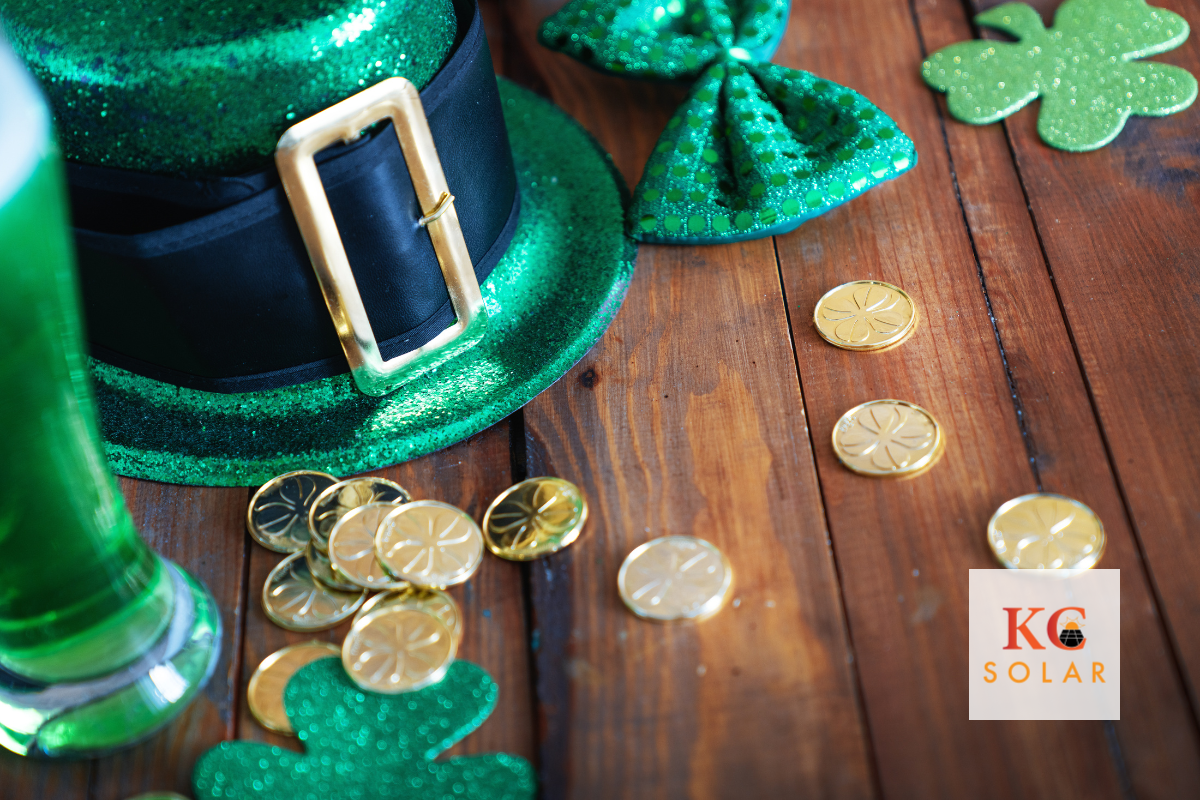Similar to any other piece of technology, there is a lifespan for solar panels. If you have spent any time looking around at different solar panel producers, you’ll likely find that the industry standard life for how long solar panels last is between 25-30 years. Though the longevity of a solar panel is unlike most electronics you’re probably used to using on a daily basis. Unlike your phone or laptop, it’s lifespan isn’t determined by the date after which it is no longer supported for updates by whatever company produced it. They also don’t die due to a piece of an engine no longer moving in the way that it should. So what exactly determines the lifespan of a solar panel and what can you do about it?
What Can Cause Degradation?
There are a number of factors that come into play when talking about what causes the degradation over time, though many of the drivers of this are due to them being outside exposed to the elements year round.
Baking in the sun, yet having the bottom side always in the shade can cause thermal cycling between extremely hot and cold temperatures, which can weaken soldered connections. Then there’s also the water in all of it’s various forms to worry about. Heavy rain, snow, ice, and even freezing humidity can impact junctions, seals, and cause corrosion on the frames holding the panels. While none of these are typically enough to cause the panels to fail overall, they can allow water to get inside and lower the efficiency of the power being sent from the panels.
Even though solar panels are able to withstand incredibly inclement weather by way of hail, falling tree branches, dust and sandstorms, these events can cause microfractures in the surface of the panels, which can decrease their overall efficiency.
Degradation Over The Lifespan of Solar Panels
While there can be occurrences where the photovoltaic cells stop working, this is not really taken into consideration when talking about the lifespan of a solar panel, as this is generally considered malfunctioning. Thus the lifespan of a solar panel is primarily referring to how long it can continue producing electricity at or above a certain rate of degradation over time.
What does degradation of solar panels look like? On the outside, it doesn’t look like much of anything at all. Where you will notice the change is actually in the amount of energy being produced by your panels. Studies have shown that on average solar panels reduce in energy output by 0.5-0.8% each year.
Essentially what this means is that after one year of owning your solar panels, you can expect to see their output rate drop from 100% to 99.2%. So for every 1000kWh you were obtaining last year, the second year you should only expect 992kWh. That means by the end of an average 25-year lifespan, which is generally considered the useful lifespan of a solar panel, you would only be expecting around 82.5%, or around 825kWh from the same system that was initially producing 1000kWh. Slightly more durable solar panels might decrease a little bit less, leaving you with around 87.5% of it’s initial output.
Solar Panel Warranties
As with any major purchase, it is always a good idea to look over the warranties of different solar panels before purchasing, as this will give you a better idea of how long you can expect your solar panels to last. There are typically different warranties (product warranty and performance warranty) on the same solar panel, and it’s important to note the differences between them.
Product Warranty
The product warranty is what covers the craftsmanship and build quality of the solar panels. This typically covers items such as manufacturing defects, premature wear and tear, environmental issues, and other things of this nature. While most product warranties last for 10 years, there are a number that last longer, some even up to 25 years, though these often depend on both the make and module of the solar panels in question.
Performance Warranty
The performance warranty is where you should look if the useful lifespan and degradation of your solar panels is important to you. This warranty shows you what rate of efficiency you can expect from your panels after 25 years. The higher the number, the more power your panels can still be expected to be producing after that amount of time. With some basic math, this should also tell you what the year over year degradation rate of your solar panels will look like.
While most performance warranties guarantee 80% performance output after 25 years, there are a few manufacturers who are promising better than that. A small handful of companies are even promising over 90% performance output even after 25 years.
Start Your Switch To Solar Today
If you are looking for the best solar company in Kansas City, look no further than KC Solar. They are your local Kansas City solar panel installation experts. Once you schedule a no-pressure site visit, our experts will help you understand what solar system specifications would be best for your home or business.
KC Solar is the only local solar company in Kansas City with KC natives who own and operate the daily activities of the business. What does that mean for you? We care about you because we care about this city, and we only want the best for it.
And be sure to download our Free Solar Panel Buying Guide for more information.
We look forward to serving you!






